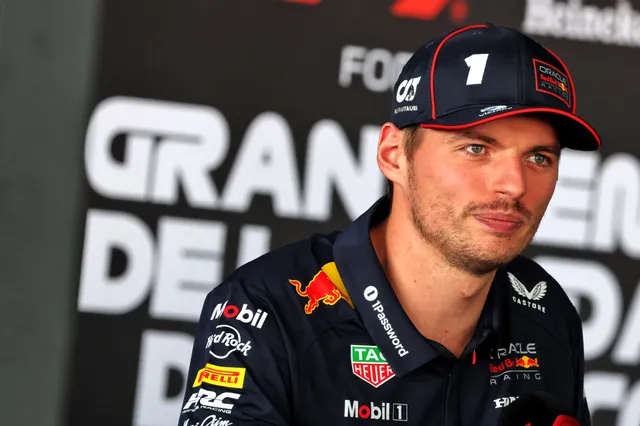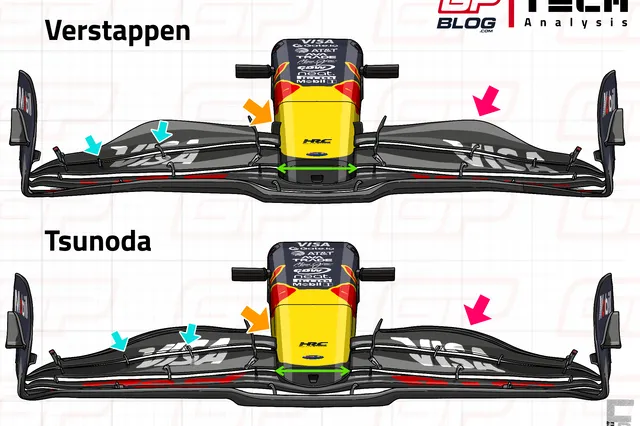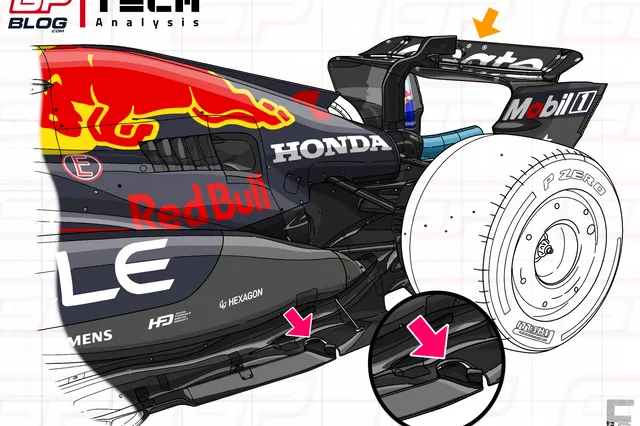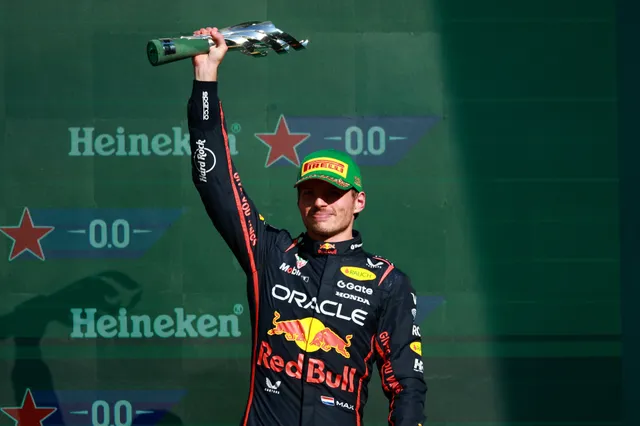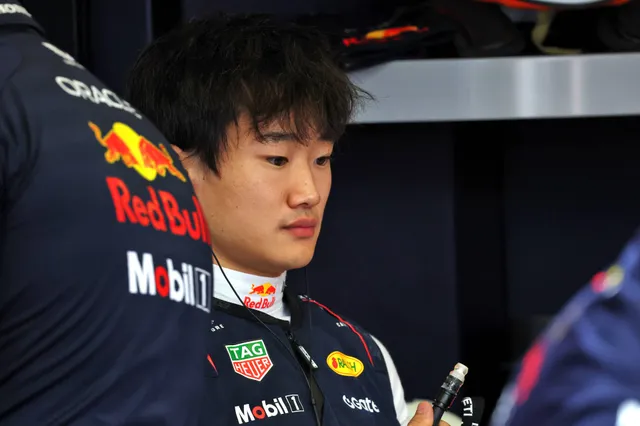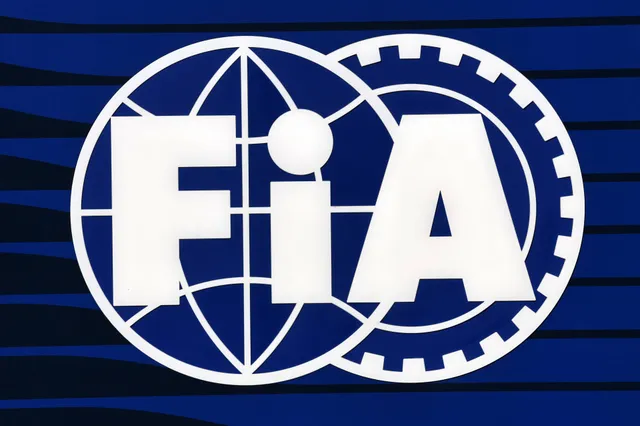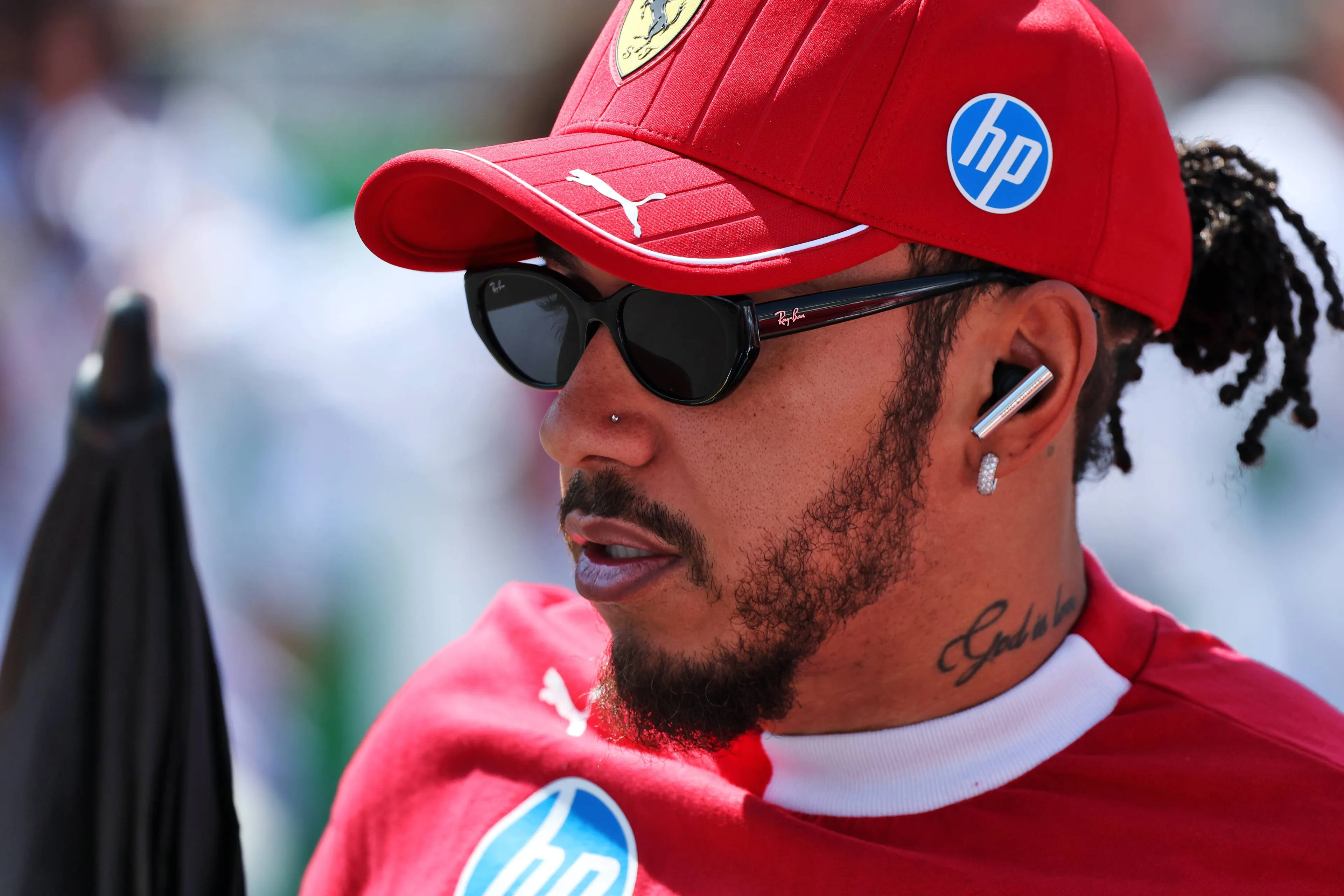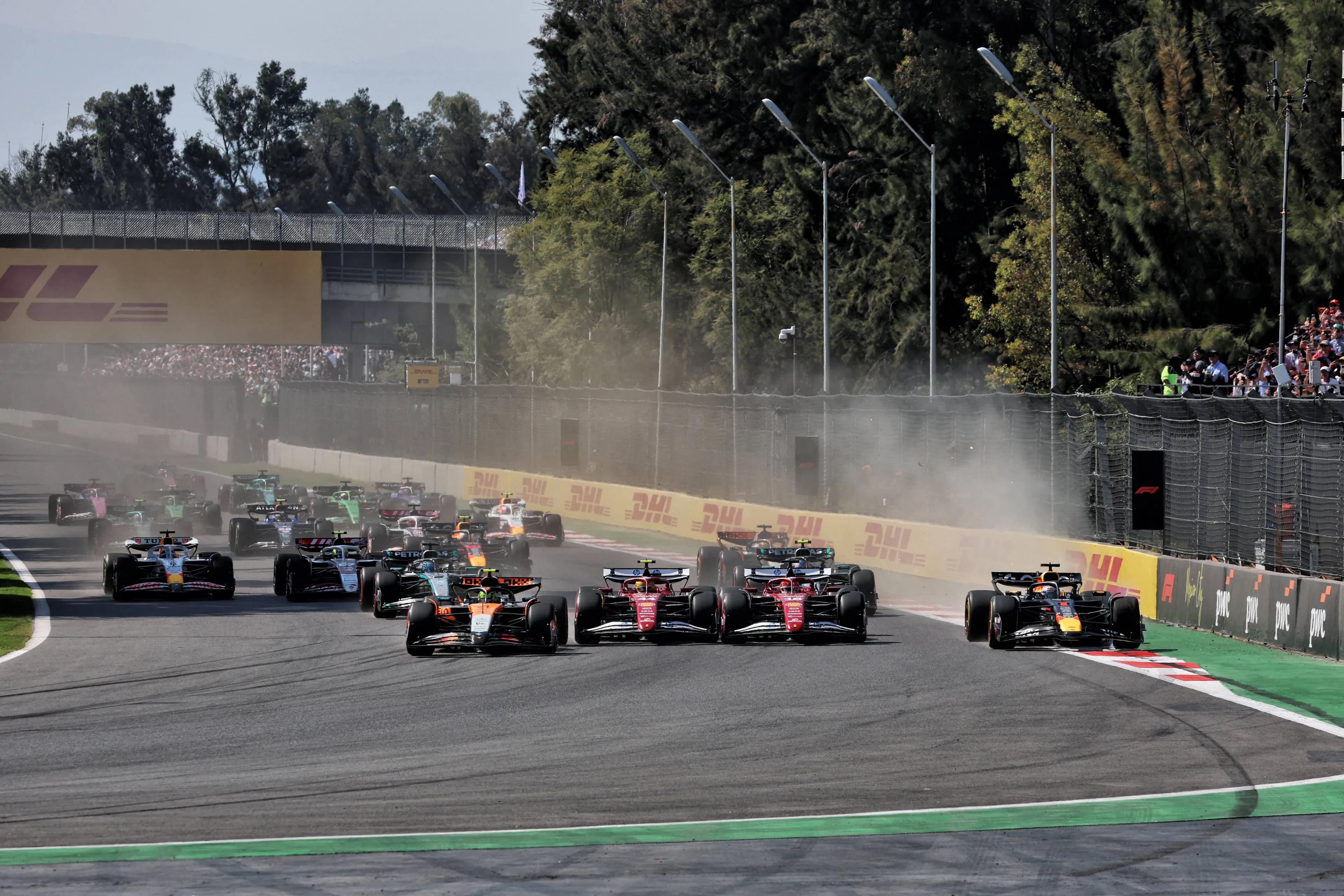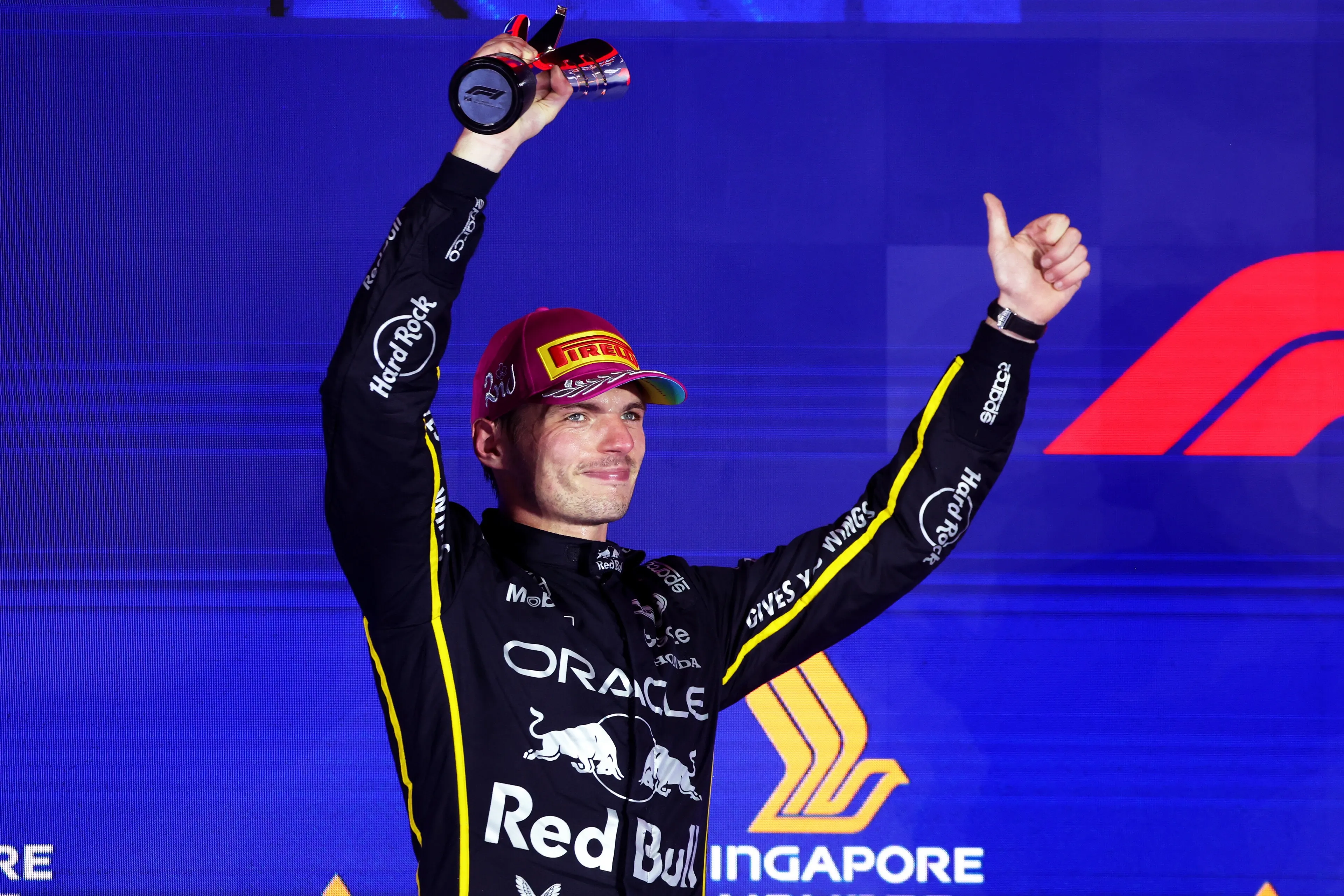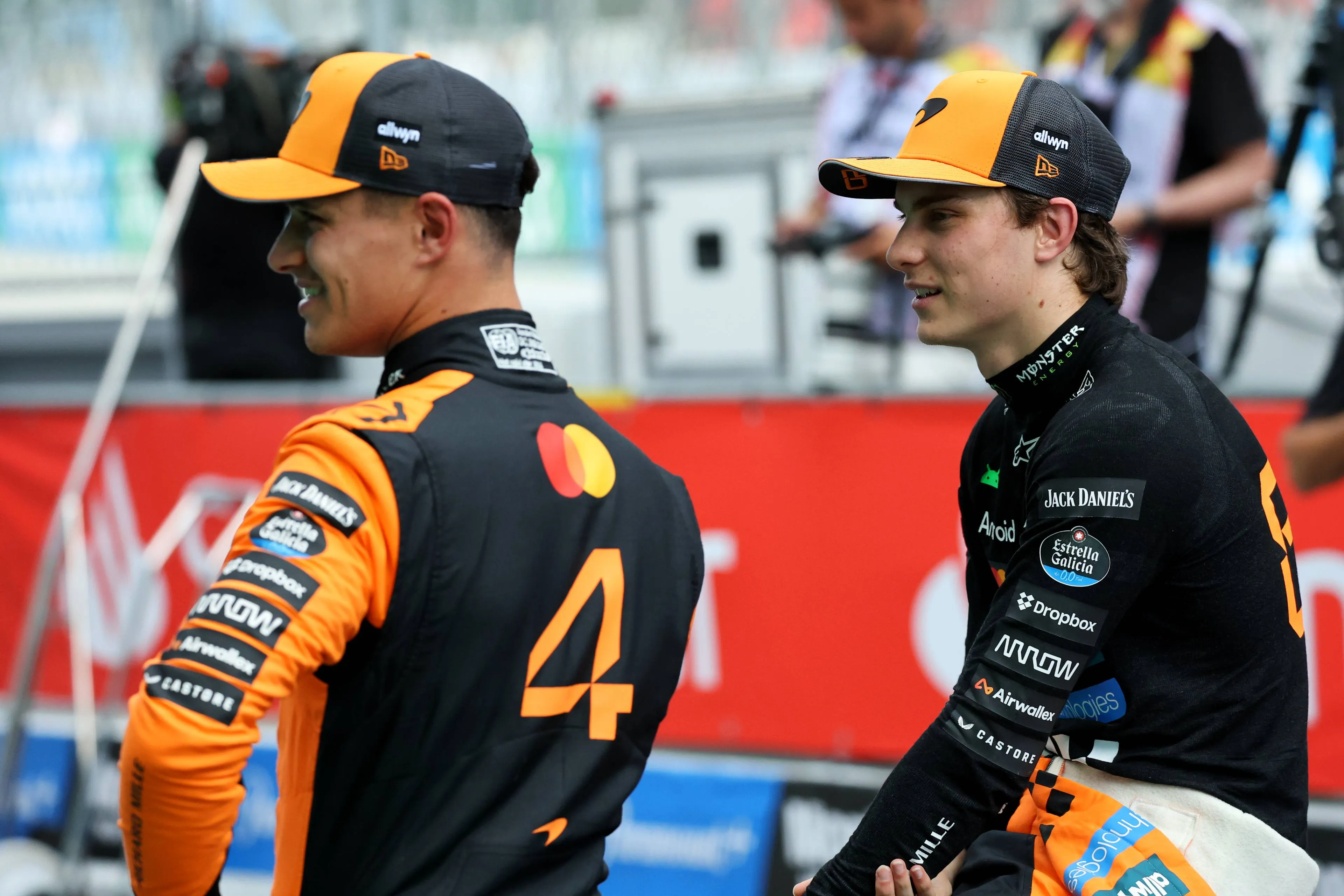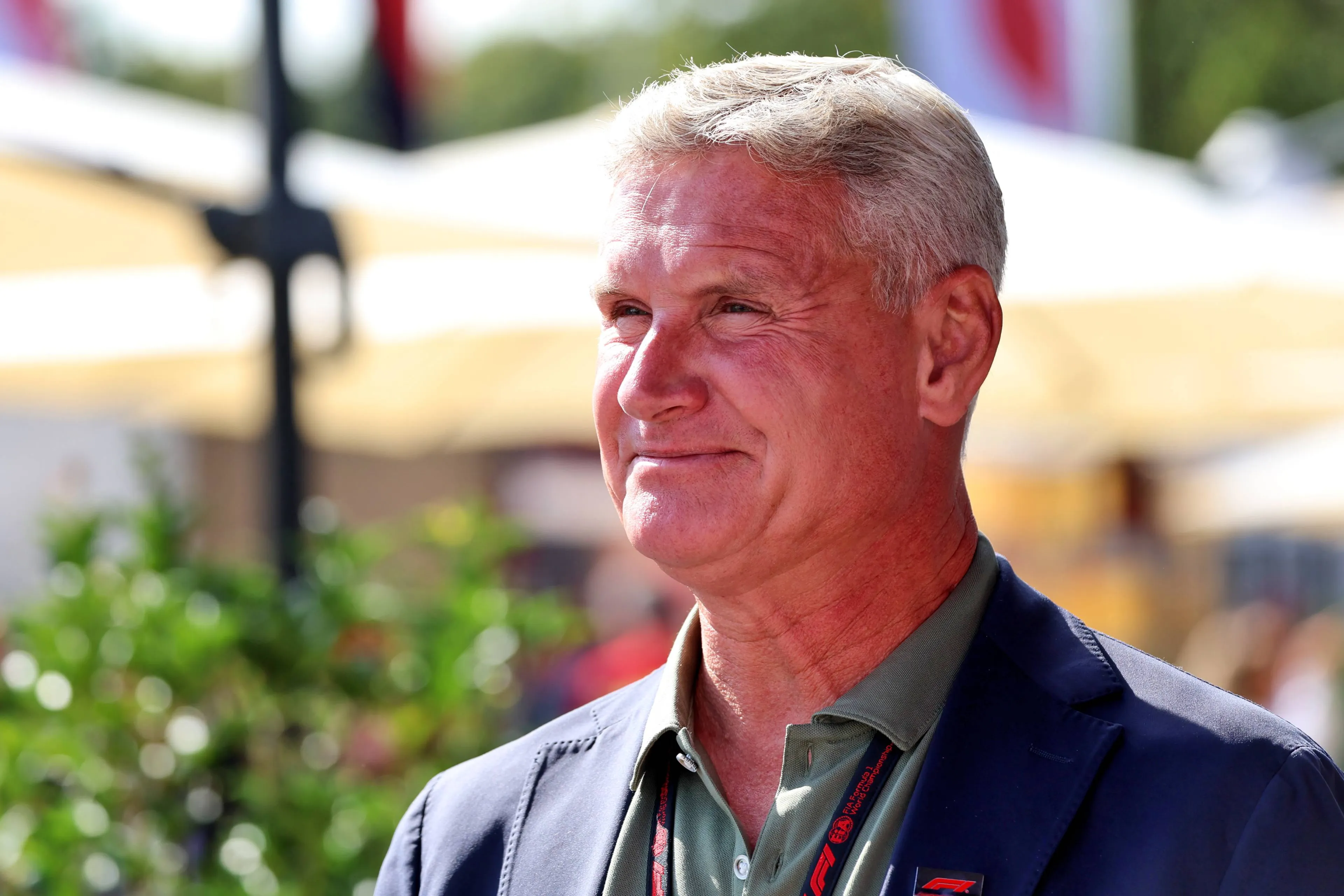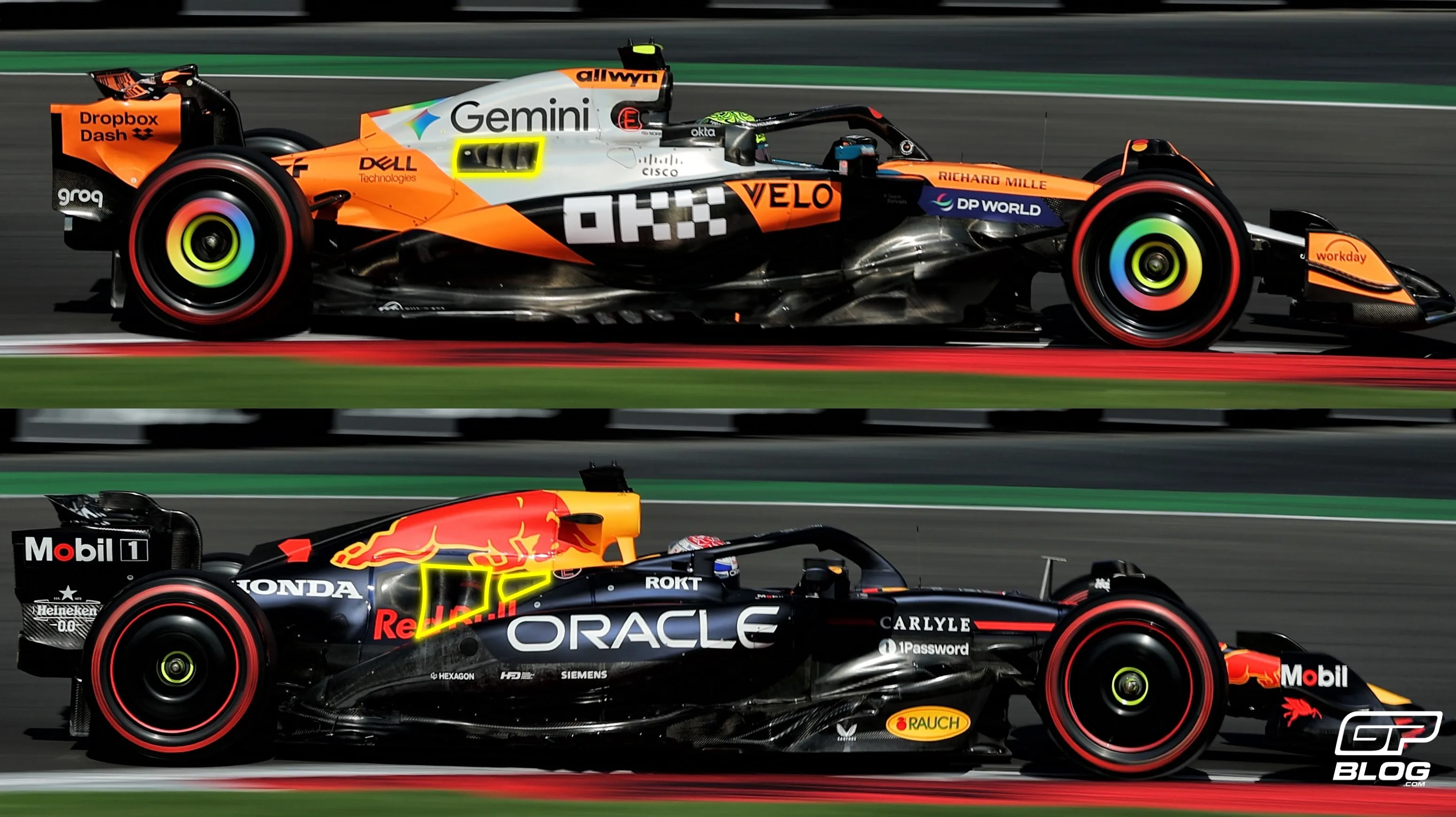
Why Verstappen still poses a big title threat despite Mexico GP woes
Red Bull and Max Verstappen were forced into a damage limitation approach in Mexico, but for the remaining four races, the reigning F1 champion is expected to come roaring back into contention for wins and thus the title.
Located at 2,285 mts above sea level, the Autodromo Hermanos Rodriguez poses a unique challenge in the Formula 1 calendar.
At that altitude the air grows thin, meaning there's more space between the air molecules, making cooling and the preservation of aerodynamic efficiency key to ensuring a good result there.
Cooling is pivotal due to the demands on the turbo in the current engines, which is forced to overcompansate for the thin air which results in much higher engine temperatures.
To prevent the rich air demanding power units from succumbing to the high engine temperatures, by providing as much air as possible, teams don those engine covers with the big gills on their cars. However this comes at a price.
A Formula 1 car's aerodynamic philosophy is quite frail, and any changes made to the bodywork will have an impact on performance.
Set-up compromises due to high altitude
So when big gill-like holes are cut out on the engine covers to solve one issue, another is detonated. The airflow becomes disrupted affecting the rear of the car in particular, which in turn affects how the front end of the cars react as well, presenting a balance issue.

In a car as complex as the RB21 has proven to be throughout the season, the altitude and the way to cope with it threw a spanner in the works in what had been a superior performance exhibition from Red Bull and Verstappen from Monza until COTA.
This was made evident in the statements issued by the team and the Dutch driver alluding to trying everything set up wise to mitigate an imbalanced car behaviour, which never looked at ease in Verstappen's already proven to be mighty talented hands.
Read also
The high altitude requirements also forced Red Bull to raise the ride height to stop the bottoming of the car on the exits of the fast Turns in Sector 2, which compounded to the qualifying performance loss the Austrian squad experienced in Mexico.
All of these details set Red Bull and Verstappen back, in opposition to McLaren, who were able to run their car as close to normal as possible due to the excellent cooling capabilities the MCL39 has boasted throughout the season.
Verstappen's chances revived after Mexico: altitude no longer an issue and new floor
With the remaining tracks on the calendar being located at a decisively lesser altitude, (Brazil, 765 meters, Las Vegas approximately 600 meters, Qatar close to sea level and Abu Dhabi at sea level) Red Bull and Verstappen will be back to business as usual, prior to their Mexico GP slump.
Moreover, the next circuits’ layout will also allow the RB21 to better express its potential in normal conditions: after the updates introduced between Monza and Singapore, the team also introduced a new floor last weekend in Mexico.
Read also
The new component (which was fitted only on Verstappen’s car), was characterised by a different design of the main floor body and of the floor edge.
As for the floor body, the G-line has been modified compared to the previous version and now has a more curved shape that adheres more closely to the bodywork.
This means that the floor body has been widened in the section next to the floor edge, increasing the flow of air flowing underneath it and thus increasing the downforce produced.
Furthermore, changes to the floor edge wing are also evident: the new spec features two additional vortex generators in the most forward portion, while Tsunoda’s version is characterised by two small overlapping “fins” (pink arrows).
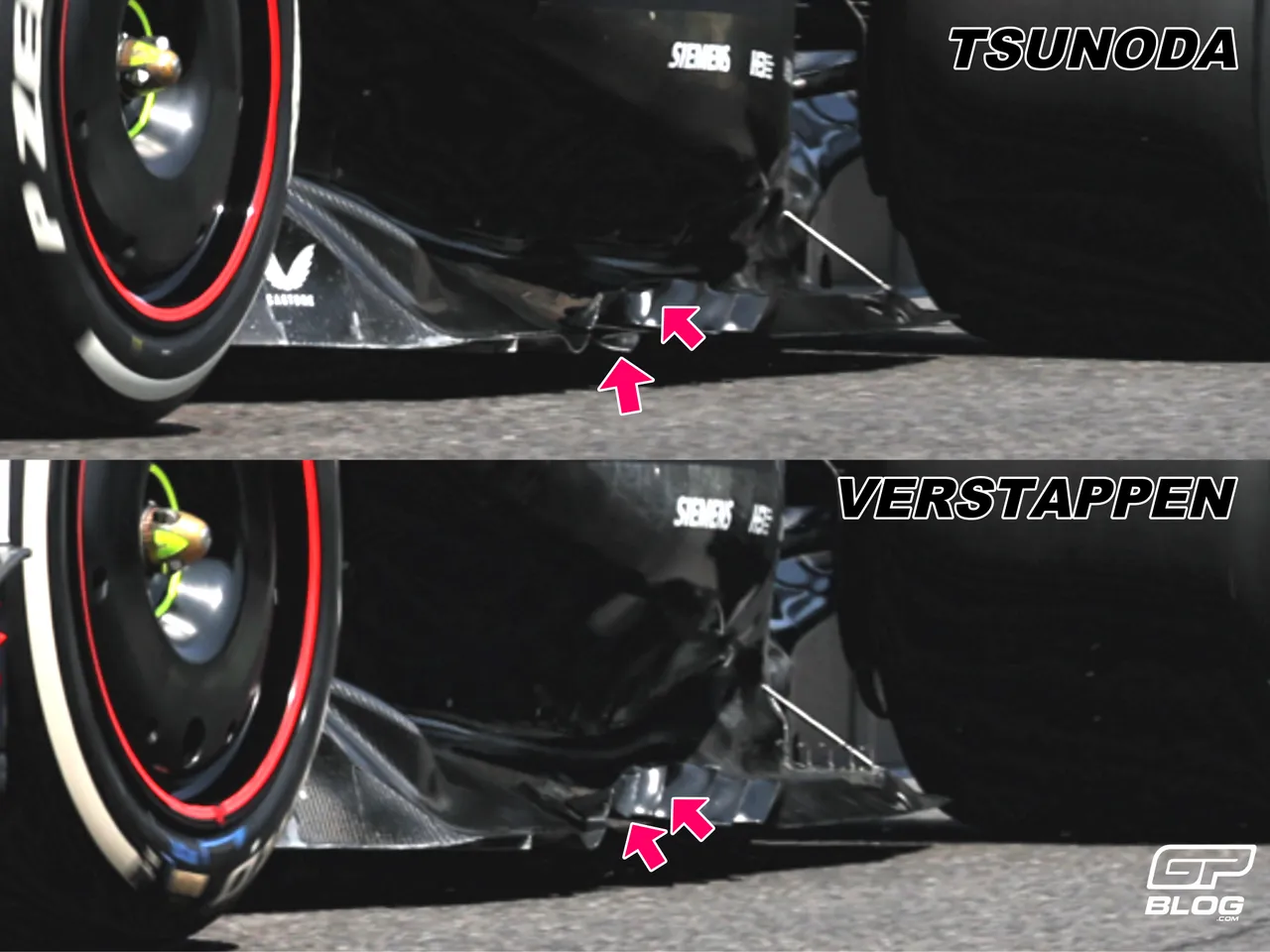
This component seemed to give the hoped results in terms of race pace, while the team still probably need to find the best set-up to make it work at the right ride height.
As a consequence, it’s highly probable that the team will run it again in Brazil, to gather data and effectively see where this new element improves the car compared to the previous specification (since Mexico is probably not the best track to bring updates, as the thinner air makes it more difficult to evaluate the effects on performance).
Having a look at next weekend, the Sao Paõlo layout should suit the RB21 quite well: with its combination of slow speed corners and medium speed corners, together with a very long straights, the Red Bull’s Racing car has all the abilities to fight against McLaren on Brazilian soil.
Read also
Moreover, the wet conditions expected for the race may allow Verstappen to exploit his abilities on a slippery tarmac.
For what concerns the last three rounds of the season, once again Verstappen probably has all the cards to fight against Norris and Piastri: Las Vegas’s cool temperatures and low downforce layout should exploit the RB21’s ability to perform on this kind of circuit, just as it happened in Monza and Baku.
Qatar’s high speed corners where a stiff suspension set-up and the need of a very stable aerodynamic platform can allow Red Bull to fight again, while Abu Dhabi should probably best suit the MCL39 due to the majority of slow speed corners and the rear limited nature of the circuit.
Despite these few aspects, Red Bull Racing and Verstappen have all the cards to fight against McLaren in the last four rounds of the Championship.
GPblog's latest F1 Paddock Update
Want to stay up-to-date with what happens in the F1 paddock? Then GPblog's F1 Paddock Update video is the perfect way to do it. Subscribe to GPblog's YouTube channel and turn on notifications to never miss the latest episodes.
Read also
Popular on GPBlog
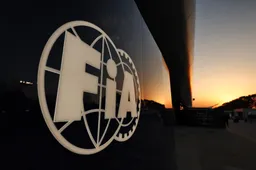
2024 budget cap review complete as FIA reveals final outcome
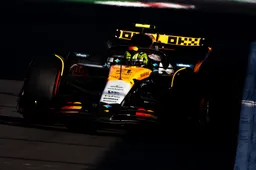
F1 Tech | What's behind McLaren's comeback after two months of struggles
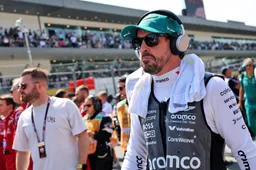
Alonso questions Stewards' handling of Mexico GP chaotic start


